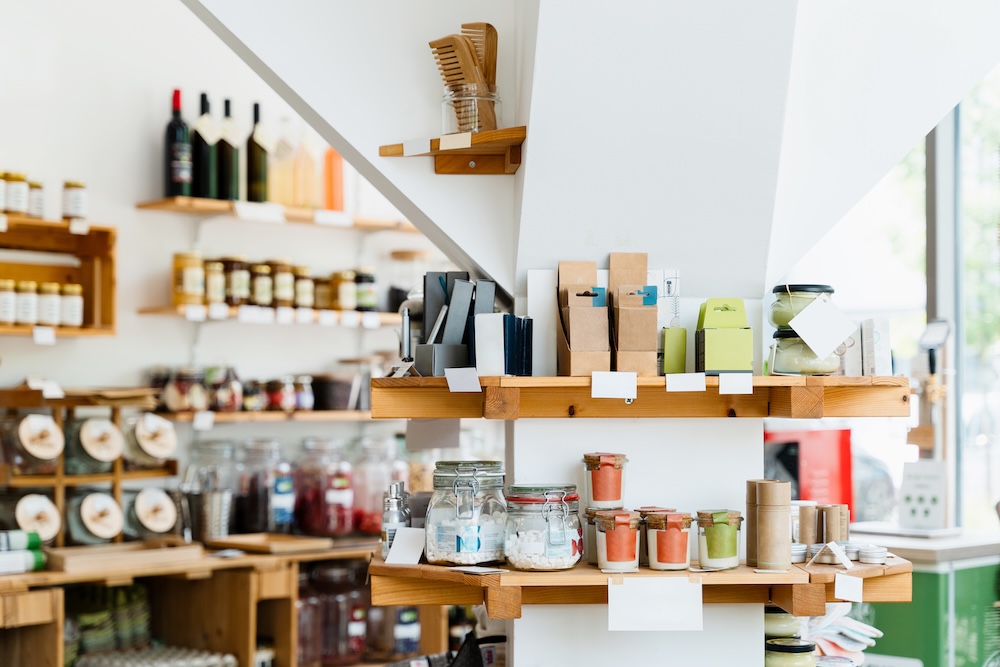Artisanry — the art of making by hand — has long been celebrated for its creativity, individuality, and craftsmanship. From textiles to pottery to jewelry, artisans pour passion into every piece. But when hobby turns into business, a question arises: how do you grow without compromising the planet?
At UberArtisan, our philosophy is simple: Be Uber — earth before profits. Building an artisan business today isn’t just about skill or style. It’s about aligning with sustainability, recognizing that handmade does not automatically mean ethical, and ensuring every decision minimizes harm and maximizes value for people and planet.
Finding Your Sustainable Niche
Choosing a niche is about more than what you love to make. It’s also about asking: what is the environmental and social impact of this product?
- Not all handmade is sustainable: A handmade bracelet made from unsustainably mined metals may harm ecosystems as much as a mass-produced one.
- Material sourcing matters: Hemp, recycled textiles, reclaimed metals, and plant-based dyes have dramatically lower footprints than virgin plastics or chemically dyed fabrics.
- Conservation over consumption: Products designed to last — rather than follow fast fashion cycles — reduce waste and encourage mindful purchasing.
When you define your niche, consider both market demand and your product’s life cycle impact. Customers are increasingly looking for brands that reflect values, not just aesthetics.
Building a Brand with Values
A strong brand is more than a logo — it’s the story you tell and the commitments you uphold. For artisans, this means:
- Authenticity: Share why you create and how you reduce impact. Transparency builds trust.
- Visual identity: Use eco-conscious packaging (compostable, recycled, or minimal). Your visuals should reflect your values as much as your artistry.
- Brand voice: Avoid greenwashing. Be clear when something is “lower impact” rather than “perfectly sustainable.” Customers respect honesty.
- Brand story: Embed conservation into your narrative — why less contamination, less waste, and more thoughtful use of resources matter to you.
Selling Your Products Responsibly
There are multiple ways to reach customers, but each channel carries different sustainability implications.
- Online marketplaces (Etsy, Amazon Handmade): Offer scale, but watch for shipping footprints. Use carbon-neutral shipping options where possible.
- Social media: Highlight your process and values — not just your products. Storytelling drives loyalty.
- Craft fairs and markets: Local sales reduce transportation emissions and let you connect directly with customers who care about ethics.
- Wholesale/consignment: Partner with stores that share your sustainability values.
The goal isn’t just to sell, but to sell responsibly.
Pricing and Profitability with Purpose
Sustainability doesn’t mean selling at a loss. Instead, it means pricing fairly — for yourself, your workers, and the environment.
- Calculate true costs: Factor in sustainable materials, ethical labor, and low-waste packaging.
- Price for durability: Customers are often willing to pay more for products that last.
- Reinvest in impact: Use profits to upgrade to renewable energy, source better materials, or support environmental initiatives.
This is where Be Uber comes in — profits follow purpose, not the other way around.
Marketing with Integrity
Effective marketing for artisan businesses should reflect values as much as aesthetics.
- Education over hype: Explain why sustainable sourcing matters, or why reducing waste is part of your brand promise.
- Influencer partnerships: Work with creators who share sustainability ethics, not just reach.
- Customer advocacy: Encourage buyers to share how they reuse, repair, or extend the life of your products.
The story of your product doesn’t end at checkout — it lives on in how it’s used, cared for, and valued.
Managing a Sustainable Business
Behind the artistry, good management sustains both your business and the planet.
- Legal & ethical compliance: Secure fair contracts, avoid exploitative suppliers.
- Financial stewardship: Track not just dollars, but also the carbon and material costs of your operations.
- Inventory balance: Avoid overproduction — make in small, intentional batches to reduce waste.
- Scaling with care: Growth should amplify sustainability, not dilute it. For example, expanding into a new line should only happen if you can source responsibly.
Final Thoughts
Artisanry is more than a business model — it’s a chance to prove that creativity and conservation can coexist. Handmade products can embody sustainability, but only if artisans choose ethical materials, design for durability, and put the planet at the center of their strategy.
Be Uber means exactly this: earth before profits. In practice, it means asking not only “Will this sell?” but also “Will this sustain?” When artisans embrace this mindset, they don’t just build brands. They build movements — shaping a future where craft, culture, and conservation are inseparable.









Reader Interactions